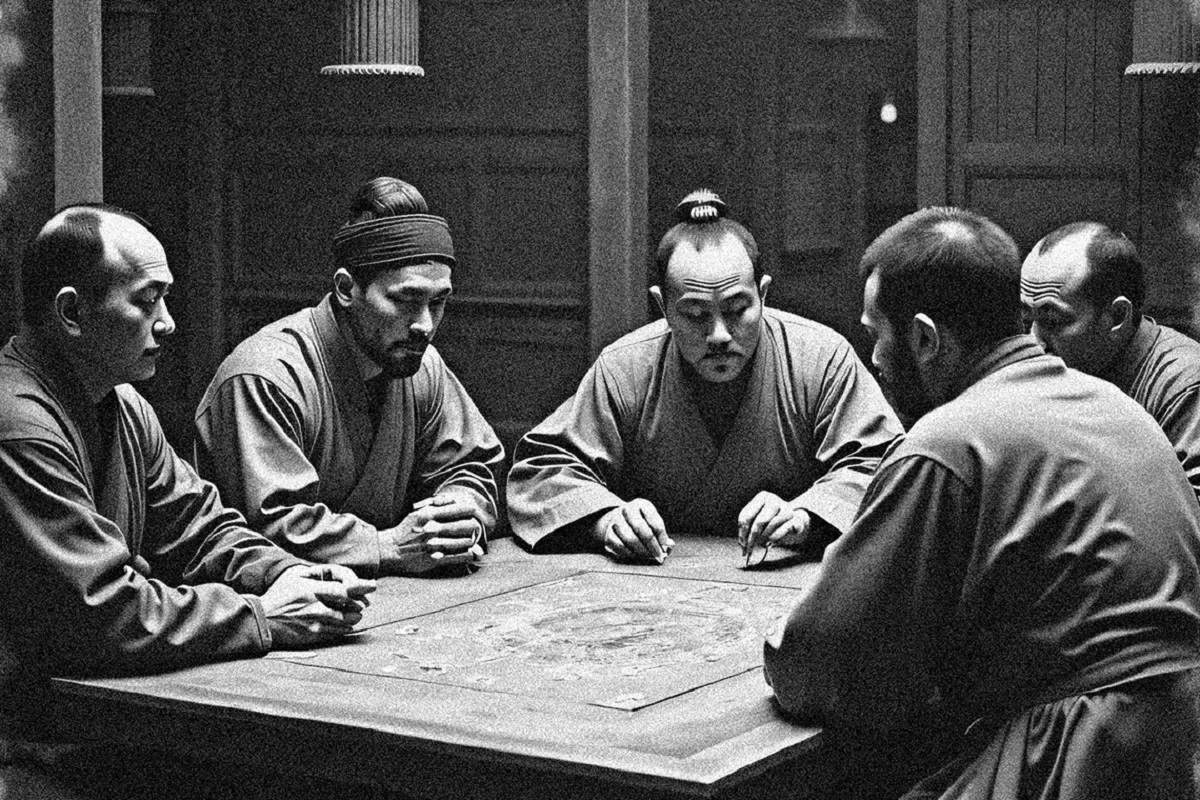History of gambling in Malaysia is rich and complex, entwined with the nation’s cultural, economic, and social evolution. From ancient practices rooted in local traditions to modern regulatory frameworks shaped by colonial influence, gambling has played diverse roles throughout Malaysian history. This narrative offers a factual overview of gambling’s historical context, shedding light on its cultural significance and the evolution it has undergone over time.
Early Practices
Gambling in Malaysia has origins that can be traced back to ancient times, where it was a customary pastime among various ethnic groups. Indigenous communities engaged in traditional forms of gaming that served both recreational purposes and cultural significance. Activities such as cockfighting and traditional dice games were common, often serving as social gatherings and community events. These early forms of gambling were interwoven with local customs, often linked to rituals, celebrations, and community bonding.
The games played during this time reflected the cultural diversity of Malaysia, comprising various ethnicities such as the Malays, Chinese, and Indians, each bringing their unique gambling traditions. For instance, the Chinese community introduced card games like “Mahjong,” which became widely popular in Malaysia. Meanwhile, the Malay population favored traditional games such as “Sepak Bulat” (a variant of billiards) and various forms of dice games.
Colonial Influence
The arrival of European powers in Southeast Asia, particularly during the 18th and 19th centuries, marked a significant transformation in the gambling landscape of Malaysia. The British, having established control over Malaysia through colonization, introduced a methodical approach to gambling. The British colonial authorities recognized the potential of gambling as a revenue source and introduced regulated betting practices, such as horse racing, which quickly gained popularity among locals and expatriates alike.
In 1884, the first official lottery was established under British rule, designed to draft funds for infrastructure and public projects. These lotteries were initially seen as a means to provide social aid and public welfare, thus reinforcing the societal acceptance of gambling. Over time, the British government formalized several betting activities, paving the way for modern gambling practices within the local context.
Post-Independence Regulation
Following Malaysia’s independence in 1957, the government faced the challenge of shaping a gambling policy reflective of the nation’s diverse cultural values while addressing public concerns regarding gambling addiction and exploitation. The post-colonial government enacted the Betting Act of 1953 and the Common Gaming Houses Act of 1953, which established regulations surrounding legal betting activities. These laws empowered licensed operators to manage gambling venues, while also prohibiting unlicensed activities.
The establishment of the Penang Turf Club in 1864 laid the groundwork for regulated horse racing, which continued to be an important gambling activity in the country. With independence, the focus shifted to licensing and control, as authorities sought to balance availability and regulation, ensuring a safe gambling environment.
Establishment of Casinos
The gambling landscape in Malaysia underwent a significant transformation with the establishment of Genting Highlands in 1969. Developed by entrepreneur Lim Goh Tong, Genting Highlands emerged as the first legal casino in Malaysia, situated in a hill resort that offered a range of entertainment activities including gaming. The resort’s success not only revitalized the tourism industry but also changed the perception of gambling within Malaysian society.
Genting Highlands was instrumental in introducing international standards of casino gaming, attracting visitors from neighboring countries and providing a model for future developments. Its establishment signaled a shift towards embracing gambling as an integral contributor to economic growth and tourism, while still maintaining regulatory oversight.
Cultural Significance and Contemporary Developments
In the subsequent decades, gambling evolved further in Malaysia, reflecting changing attitudes towards gaming and leisure. Although many forms of gambling remained illegal, the acceptance of regulated activities grew, particularly among urban populations. The development of various licensed gaming operators contributed to a more diverse gambling landscape, with specific regulations governing lotteries, sports betting, and other forms of gaming.
Culturally, gambling retained its significance among various communities in Malaysia. For many, it served as a social activity filled with excitement, opportunities for bonding, and even a means of financial aspiration. Events such as the Chinese New Year often see the resurgence of traditional gambling activities, including family games and friendly wagers, reinforcing its status as a cultural norm.
However, the government has continuously grappled with concerns about malaysia online casino addiction and its social consequences. Programs aimed at promoting responsible gambling have been introduced in recent years to address these issues, emphasizing the need for safer gambling practices.
Current Legal Landscape
Today, the gambling landscape in Malaysia is characterized both by its regulatory framework and the enforcement of laws against illegal gambling operations. While legal gambling is restricted to authorized operators, the proliferation of online gambling platforms poses significant challenges for law enforcement agencies. Online gambling is largely illegal in Malaysia, yet the country’s populace often engages in these activities through offshore websites, leading to a complex situation that necessitates updated regulations and a better understanding of modern gaming trends.
As a response to the evolving scene, the Malaysian government has remained vigilant, continuously reviewing its gambling policies to adapt to the changing dynamics of local and international gambling landscapes. The introduction of technology in gaming further complicates the legal framework, as regulators seek to balance innovation with consumer protection.
Conclusion
The history of gambling in Malaysia encapsulates the rich tapestry of the nation’s cultural evolution, intertwining traditional practices with modern regulatory frameworks and social implications. From its early days rooted in local customs to the establishment of regulated casinos, gambling has transitioned while remaining a significant aspect of Malaysian society. As the landscape continues to evolve, understanding the historical context provides valuable insights into the cultural significance and future of gambling in this diverse nation. The narrative of gambling in Malaysia is not just about games of chance; it encapsulates the essence of social interaction, economic ambition, and the struggle between tradition and modernity.



